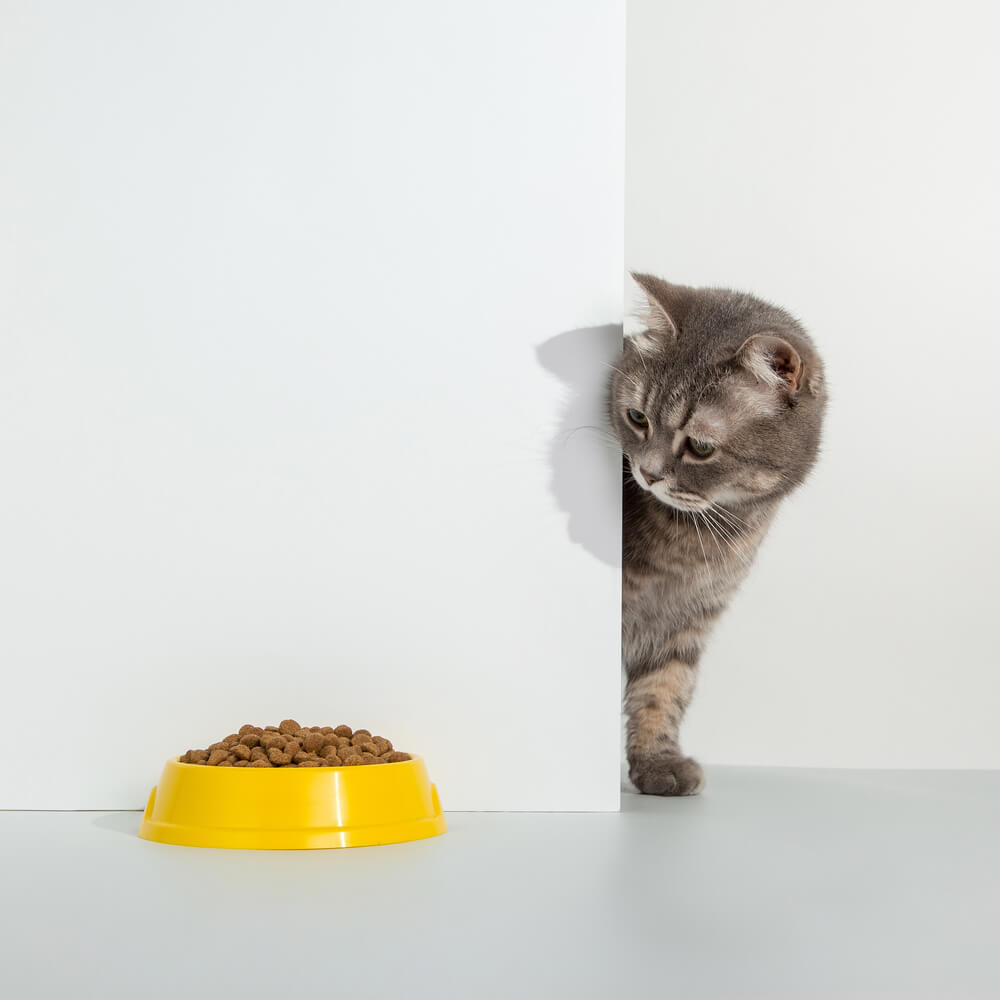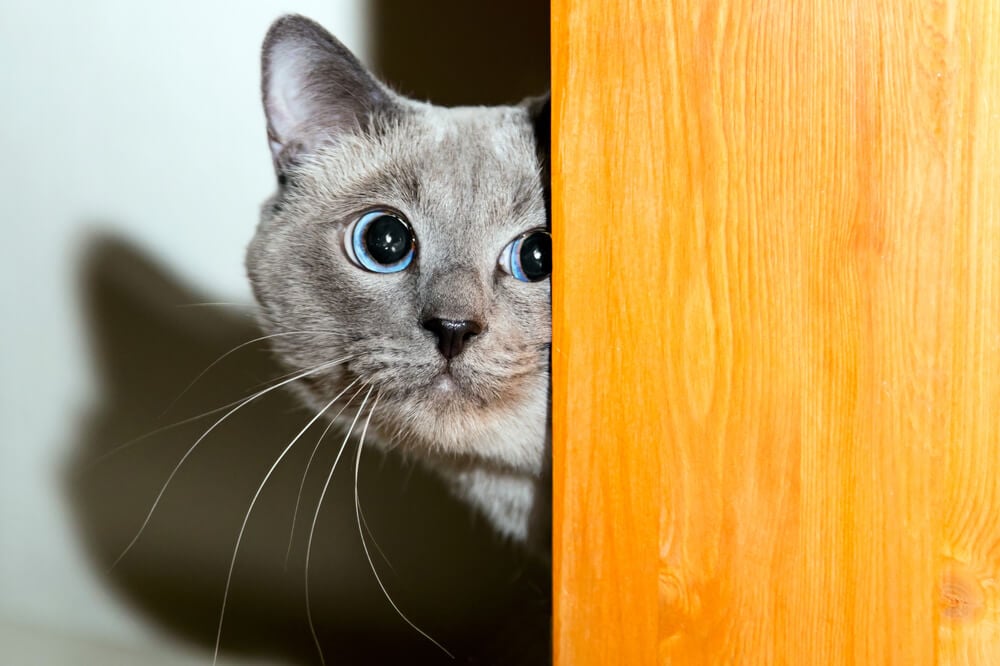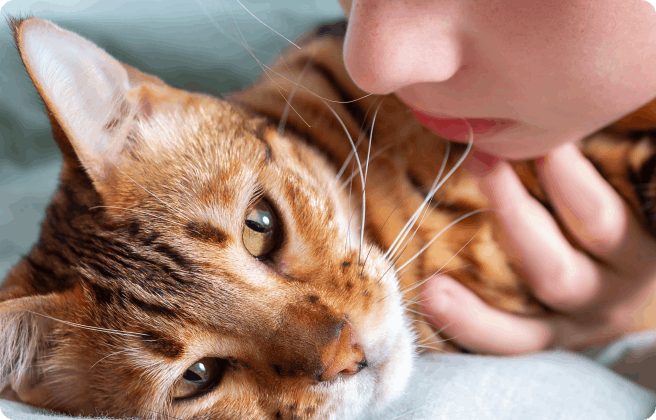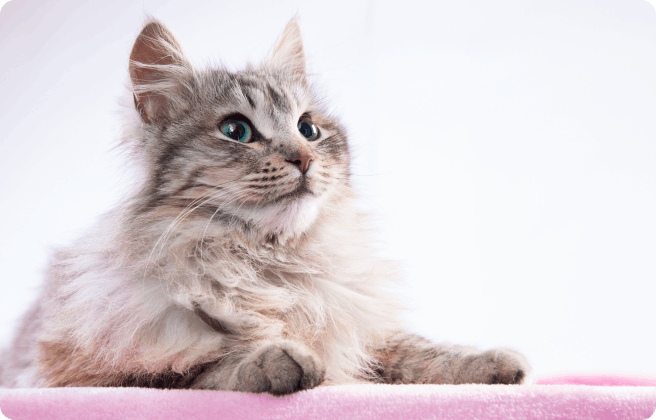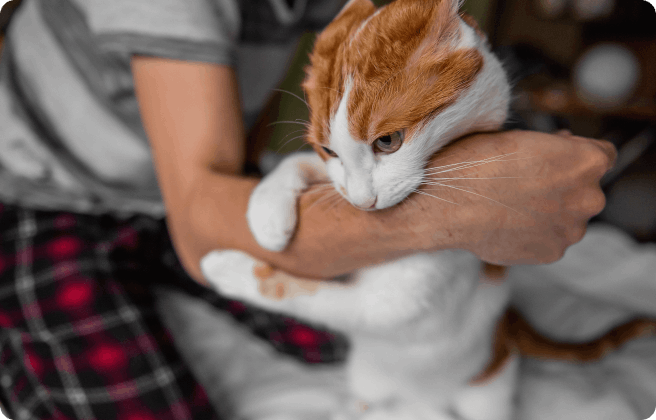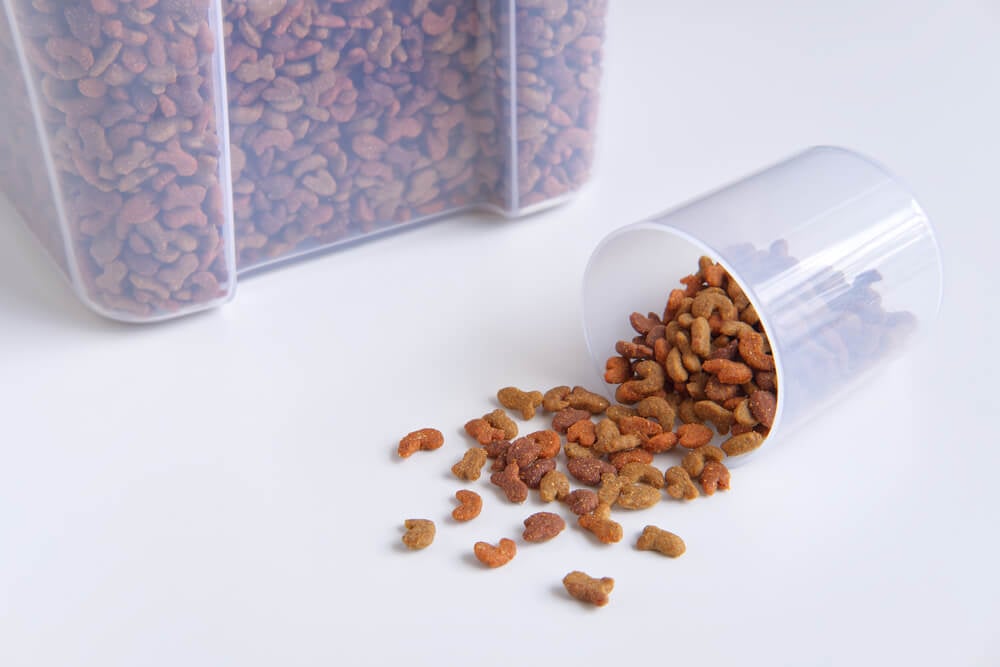
When it comes to caring for your beloved cat, feeding them nutritious and safe food is a top priority. However, cat parents are often unaware of the importance of proper pet food storage.
Like the storage of human food, how you store cat food can have a significant impact on its quality and freshness.
Why is cat food storage important?
Properly storing cat food is vital for several reasons:
- Maintains nutritional value
- Keeps original packaging for information
- Prevents cat accessing its own food (disaster pending)
- Prevents pests
- Avoids waste
Storing dry cat food
Dry cat food, often referred to as kibble, is a popular choice among cat owners due to its convenience and affordability. Yet, improper storage can cause it to lose its freshness and nutritional value. Here are some key tips for storing dry cat food:
Original packaging
It’s best to keep cat food and treats in the original container or bag. This allows you to have essential information such as the “best by” date, UPC code, lot number, brand, and manufacturer in case of a product defect, recall or any other issue. This is important information if you are lodging a complaint about your cat food so it’s always a good idea to keep it handy.1
If you do wish to have an aesthetically pleasing cat pantry and want to store the food in a container, try to set the food in its original packaging entirely into the container.
But, if you do need to pour the kibble into a container, make sure it’s a BPA-free plastic or metal, ensuring that your cat’s dry food remains safe and uncontaminated.2 Don’t forget to hold on to the labels from the original packaging — you can simply tape the important details onto the new container for easy reference.
Of course, if you wish to store the food this way, remember to clean the container and replace the label when pouring a new packet.
Optimal storage temperature
Store dry cat food in a cool, dry place with a temperature of less than 80°F. Excess heat can cause the food to deteriorate and lose nutritional value. This also goes for keeping the food away from sunlight and ensuring it’s not exposed to humidity or extreme temperature changes. A garage or basement is ideal.
Secure storage
If your cat is a master of sourcing food (they usually are), ensure the storage location is secure. To avoid overfeeding, consider using a dedicated pet food storage cabinet or container that your cat can’t access. This is also the case for other unwanted visitors — the last thing you want is your cat discovering a mouse has been eating their dinner!
Storing wet cat food
Wet or canned cat food follows similar storage guidelines to dry food, with a few additional considerations:
Refrigeration
Once you’ve opened a can or pouch of wet cat food, it must be refrigerated. Ensure the temperature is 40°F or below to keep the food safe from bacterial growth.
Cover and storage
Unlike dry food where it can be left out a little longer, if your cat doesn’t finish the entire portion of wet food in one meal, cover the remaining portion and place it in the refrigerator promptly.
Ensure it’s stored in an airtight container to prevent odors from permeating your fridge. As much as you love your cat, you do not want to taste their dinner when eating your own.
Check expiration dates
Keep a close eye on the expiration dates on the packaging, both for dry and wet food. Never feed your cat food that has expired, as it may no longer be safe or nutritious. This applies to refrigerated leftovers as well, so be sure to note the “use by” dates if transferring the food to another container.
It’s best to throw out the unused food if your cat doesn’t consume it within a reasonable time (around 5 days of opening). If you aren’t sure of the coloring or smell, don’t risk your cat’s health — If in doubt, throw it out!
Additional tips for storing cat food
In addition to the specific guidelines for dry and wet cat food, here are some general tips to ensure overall food safety for your feline friend:
- Keep food bowls clean: wash your cat’s food and water bowls daily to prevent the buildup of harmful bacteria. Use hot, soapy water, and rinse thoroughly.
- Hygienic scooping: if you use a scoop to portion out your cat’s food, make sure it’s clean and dry between uses. This prevents cross-contamination.
- Secure treats: just like with cat food, store cat treats in a secure location to prevent your cat from overindulging. Some cats can’t resist the temptation of treats (like us all), but moderation is key. Keeping treats in their original packaging or a sealed container will also keep them fresh and tasty.
- Monitor for recalls: stay informed about pet food recalls by checking the manufacturer’s website, pet food news, or the FDA’s recall list. If there’s a recall, you’ll want to know whether the affected product is in your possession.
Proper cat food storage is a simple yet essential aspect of caring for your feline friend. By following these simple guidelines, you can ensure that your cat’s food retains its nutritional value, remains safe from contamination, and stays fresh for your cat’s enjoyment.
Remember that your cat’s health and well-being depend on the quality of their food, so taking the time to store it properly is essential for their well-being.
We uphold the highest editorial standards when creating the authoritative content pet parents rely on and trust.
Every piece of clinical content on the Cat Food Advisor is reviewed by our certified Veterinary Advisory Board, which consists of licensed veterinarians and medically certified specialists.
Our reviews are completely independent; we are not paid by any pet food company to promote their products favorably. We do not accept money, gifts, samples or other incentives in exchange for special consideration. For more information see our Disclaimer & Disclosure page.



